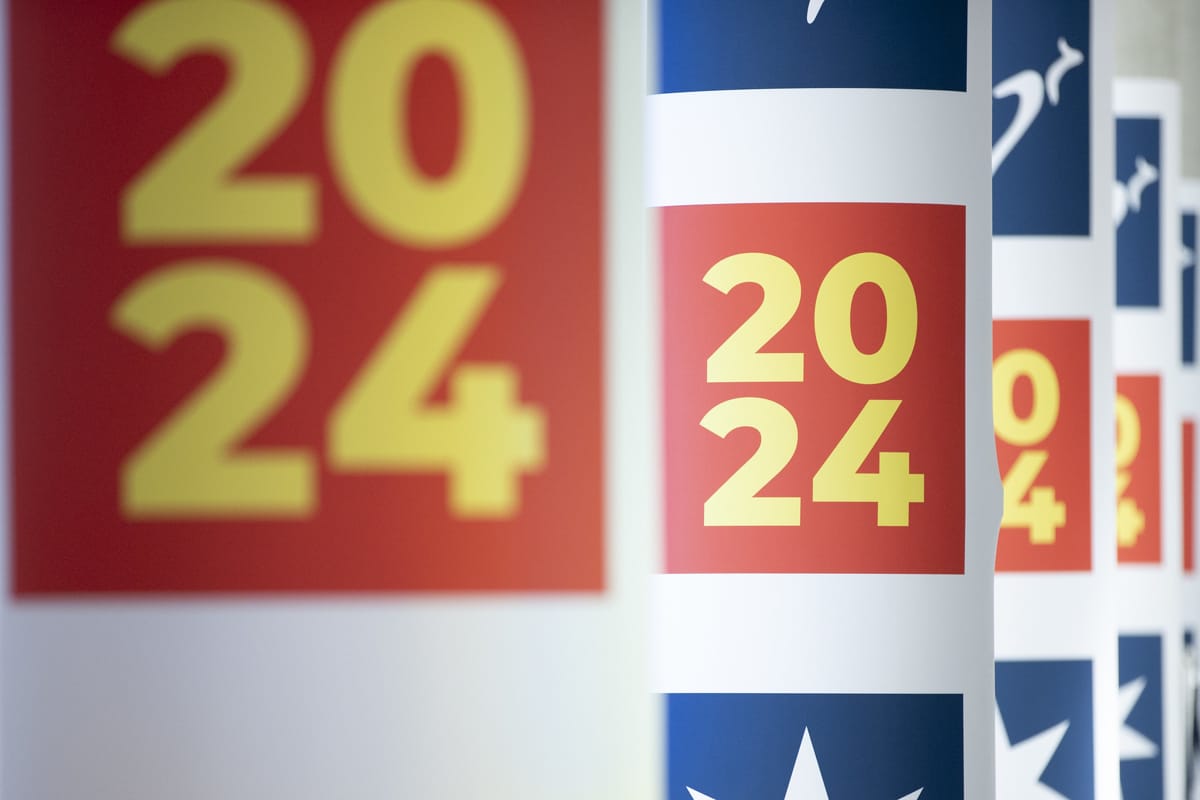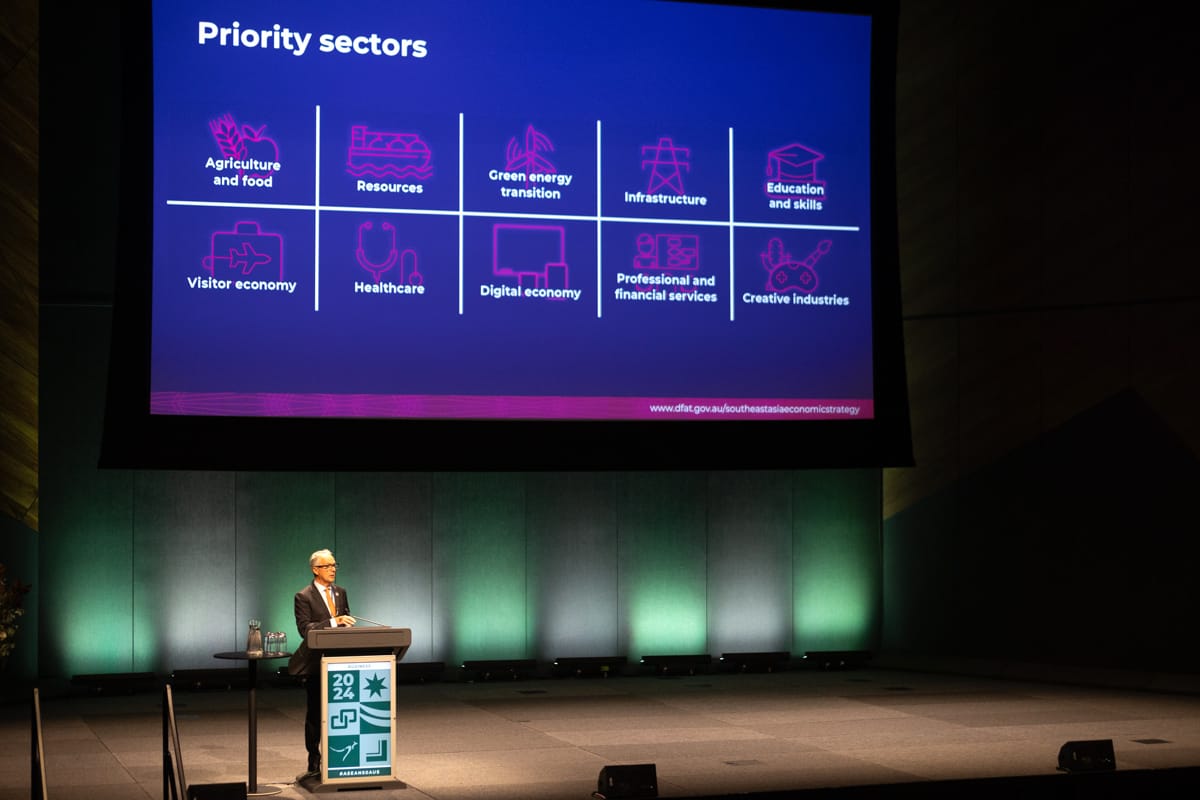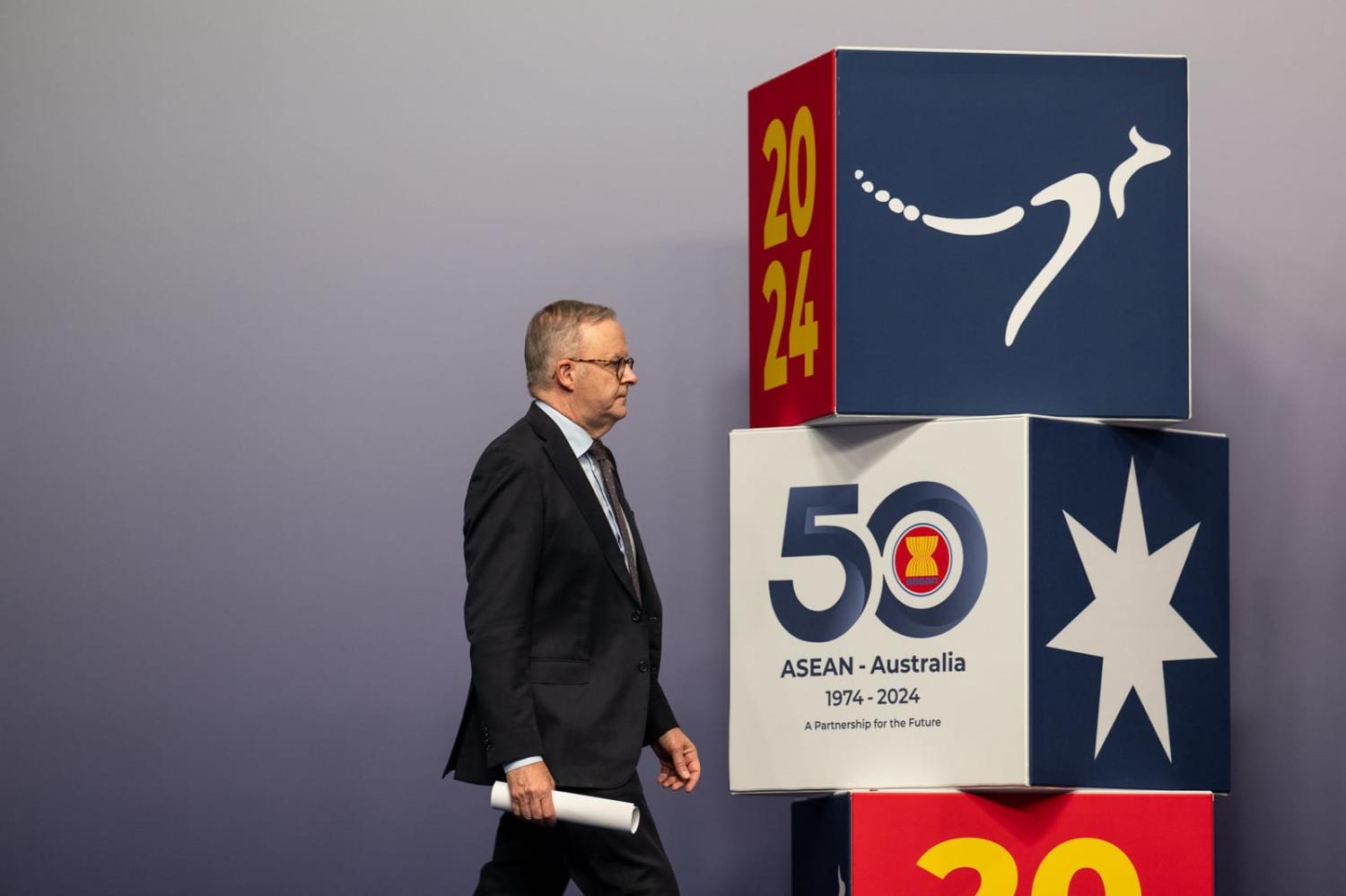Lost in translation
It’s 30 years since the Department of Foreign Affairs and Trade produced a 300-page report on business challenges in Southeast Asia, accompanied by similarly hefty publications on new trade opportunities and missed investment possibilities.
It is not surprising that substantial effort and subsequent publications such as ASEAN Now, prepared for the 2018 ASEAN Summit in Sydney, have been conveniently forgotten as the Albanese government embarks on yet another regional adventure built around investment banker Nicholas Moore’s 200-page Invested: Australia’s Southeast Asian Economic Strategy to 2040. It doesn’t help that the larger (at least by pages) 1990s plan was a product of an era of Asia policy associated with former prime minister Paul Keating, who intruded again into this week’s events.
Past efforts have all featured the need for greater Asian literacy, better business expertise, and the removal of impediments to trade and investment. These are also the first three of Moore’s four pillars, which he calls awareness, building capability, and clearing blockages.
As Moore has relentlessly done the summit rounds this week – speeches, panels, interviews – he has stuck to his four pillars with steely discipline, as if to drive them into the public imagination like never before. Indeed, watching him force 100 of his CEO-equivalent colleagues to address their closing thoughts specifically to the pillars on Tuesday afternoon was a lesson in investment banker focus on the bottom line.
It is on Moore's fourth pillar – investment – where the diplomatic and fiscal dial has shifted this week. In the 1990s there was much greater neo-classical economic faith that clearing trade and regulatory blockages would open the way to more investment. And so, Australia set out on securing a series of bilateral and regional trade agreements which were meant to lock its businesses into regional growth.
They are now mostly in place but Australian investment in arguably the world’s fastest growing region has been falling and is still lower than in New Zealand. And so, in the spirit of the new big spending approach to achieving national economic resilience in an era of geo-economic fragmentation, the Albanese government is putting its own budget clout behind pushing business to invest in Southeast Asia.
Australia’s baby BRI
The $2 billion Southeast Asia Investment Financing Facility (SAIIF) to underwrite Australian business in the region underlines the rise and rise of the once low-profile Export Finance Insurance Corporation, Australia’s answer to the likes of China’s Belt and Road Initiative or Japan’s Bank for International Cooperation.
The renamed and much under-recognised Export Finance Australia (EFA) is responsible for building infrastructure in the Pacific, defence industry, critical minerals capacity, and aspects of development aid. Now, in the form of SAIFF, it has been handed its most challenging task yet. Some of Australia’s biggest companies have failed to make much progress in Southeast Asia and government-backed commercial agencies from around the world are already active there. Besides, local conglomerates often have a stranglehold on the nexus between business and government.

Prime Minister Anthony Albanese set a high benchmark for this hastily constructed spearhead for Australia Inc when he told the CEO summit the SAIFF would “demonstrate the value Australia can add”, would improve regional infrastructure, would accelerate regulatory reform in the region, and catalyse two-way investment between Australia and ASEAN.
Given Albanese is fond of declaring portentously that “Southeast Asia is where Australia’s future lies” as though that is a new idea, EFA is also being asked in effect to repair a 30-year policy gap.
To recap, here is the benchmark from the 1992 Australia’s Business Challenge report: “The rapid onset of industrialisation in the region of the world closest to Australia brings with it important challenges for business as well as for foreign and trade policies. The task is to build on Australia’s assets and strengths to enable us to become an important part of the great transformation that is underway there.”
The Moore report supported government-backed political risk insurance for Australian investment in Southeast Asia without specifying a particular model, in a fundamental shift for Australian external economic policy towards the corporatist approaches seen in countries such as Singapore and Japan. Perhaps it takes an erstwhile pillar of the financial sector to give the government the cover for this sort of policy shift – although it was actually former prime minister Scott Morrison who reinvented EFA as an infrastructure builder in the Pacific.
And it is worth noting that despite all the talk about the priority on Southeast Asia this week, the new $2 billion allocation to EFA is still smaller than the $3 billion lending capacity of the Australian Infrastructure Finance Facility for the Pacific, also managed by EFA.
Finding ASEAN
It is now commonly argued that the most productive work at lumbering diplomatic summits like this week’s event is actually done at the bilateral meetings on the sidelines.
This may be all very well for diplomats, but the picture gets confused for business when political rhetoric is all about a notional entity called ASEAN becoming the world’s fourth largest economy and growing faster than most other large nations.
The Moore report tended to skirt around the reality that while there are Australian businesses doing quite well in some countries of Southeast Asia, there are very few pan-ASEAN role models for success. And so it was notable that, at the closing Plenary session of the CEO Summit, quite a few people observed that despite formal movement towards economic integration in ASEAN, businesses mostly still operate country-by-country.
This means they have to understand country risk and regulation rather than get carried away by the often-over-hyped ASEAN collective numbers. As one participant observed: “The perception of risk must be specific and pointed. You must take it one country at a time.”

Champion countries
Nevertheless, the survey of Australian-linked businesses operating in the region released by AustCham ASEAN for the summit provides some sense of hierarchy about which countries are attracting attention.
Malaysia emerges as the benchmark for maturity with 50 per cent of respondents already there but only eight per cent planning to expand there. Forty-four per cent of respondents are in Indonesia, but 16 per cent plan to expand there.
Meanwhile, Vietnam continues its status over the past few years as the favourite with 42 per cent of respondents already operating there and 19 per cent planning to expand. But the Philippines is the big improver with only 28 per cent of respondents there but 18 per cent planning to step up with new investment.
It says something about the Philippines’ growing ambition to climb up the ASEAN ranks with a swathe of economic reforms and an increasingly outspoken leader in President Ferdinand Marcos that it can claim bragging rights at this summit. Marcos oversaw the signing of 14 business agreements of various sorts between Filipino and Australian partners at a Philippines business event. There were only four such deals at a parallel event overseen by Vietnam’s Prime Minister Pham Minh Chinh.
Old guard rules
With the Moore report focused on raising awareness of Southeast Asia’s potential after 30 years of this sort of government advocacy, the AustCham ASEAN survey has some mixed results.
It reinforces that there is a solid longstanding presence of businesses in the region but not much renewal. Only eight per cent of respondents have set up in the past two years as the pandemic has receded and governments of both political persuasions have been talking up the region. On the other hand, 40 per cent have been there for 20 years, raising the possibility that while they understand the business culture, they aren’t transferring that knowledge to potential newcomers. The newly appointed federal government Business Champions for each country will need to do something about that.
While about two-thirds of businesses say ASEAN is a priority and their head offices understand the region, there is also a distinct uptick in negativity about the region, with 22 per cent saying it was not a priority, up from four per cent in 2022. And 24 per cent of respondents say ASEAN experience is not valued in their wider business, which is up from 10 per cent in 2022.
There are some clear disconnections in this survey, which deserve more analysis before Australia Inc weighs in with its new cheque book.
Recommissioning NSW
This week’s summit has been something of a regional coming out for the New South Wales trade minister Anoulack Chanthivong, who conveniently brought a Laotian background to the gathering. But Chanthivong’s government is a bit uncertain about Australia Inc. In the midst of scandals over the appointment of new trade commissioners under the last NSW Liberal government, the then Labor opposition promised to wind back its newly boosted network of representatives.
On a panel this week, the still relatively new trade minister seemed re-enthused about the state’s presence in the region, declaring that “all states have a responsibility to engage with our closest neighbours.” Pointing out that the self-proclaimed Premier State had staff in Singapore, Malaysia, Vietnam and Indonesia, he said he looked forward to “building those partnerships further”.
And he called for more cooperation among the states, with leadership from the Commonwealth to determine which state has the advantage in various sectors to lead in Asia. Whether other states think NSW should lead the way on finance and technology, as he suggested, remains to be seen.

